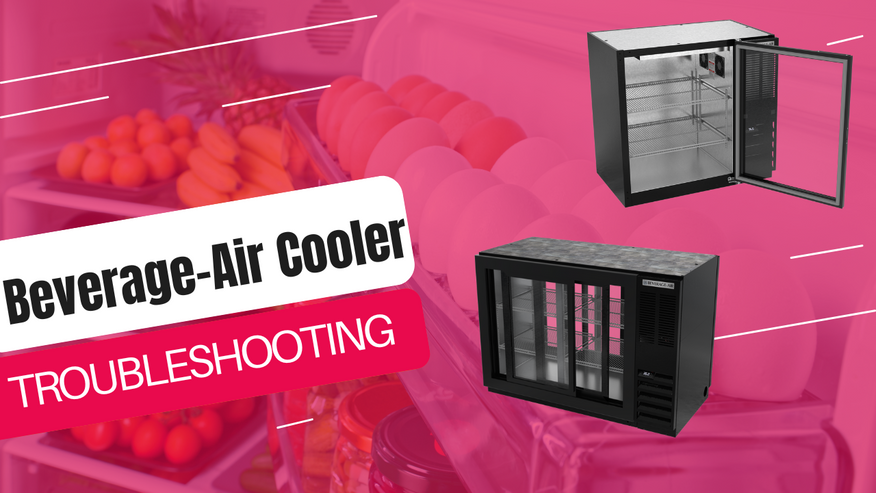Mar 3rd 2023 - Team
Beverage-Air Cooler Troubleshooting Guide
Beverage-Air is among the most reputable and trustworthy brands of commercial kitchen refrigeration equipment. You may quickly chill drinks in their coolers or freeze ingredients in their reach-in freezers or under-counter chillers. Yet, if your system isn't functioning optimally, you may experience some frustration. Luckily, you can quickly diagnose any issues with your Beverage-Air coolers and freezers by following our troubleshooting advice. It may be necessary to have repairs done by a certified professional occasionally.
Short Cycles
Here are some things to check if your machine's cooling cycle ends prematurely:
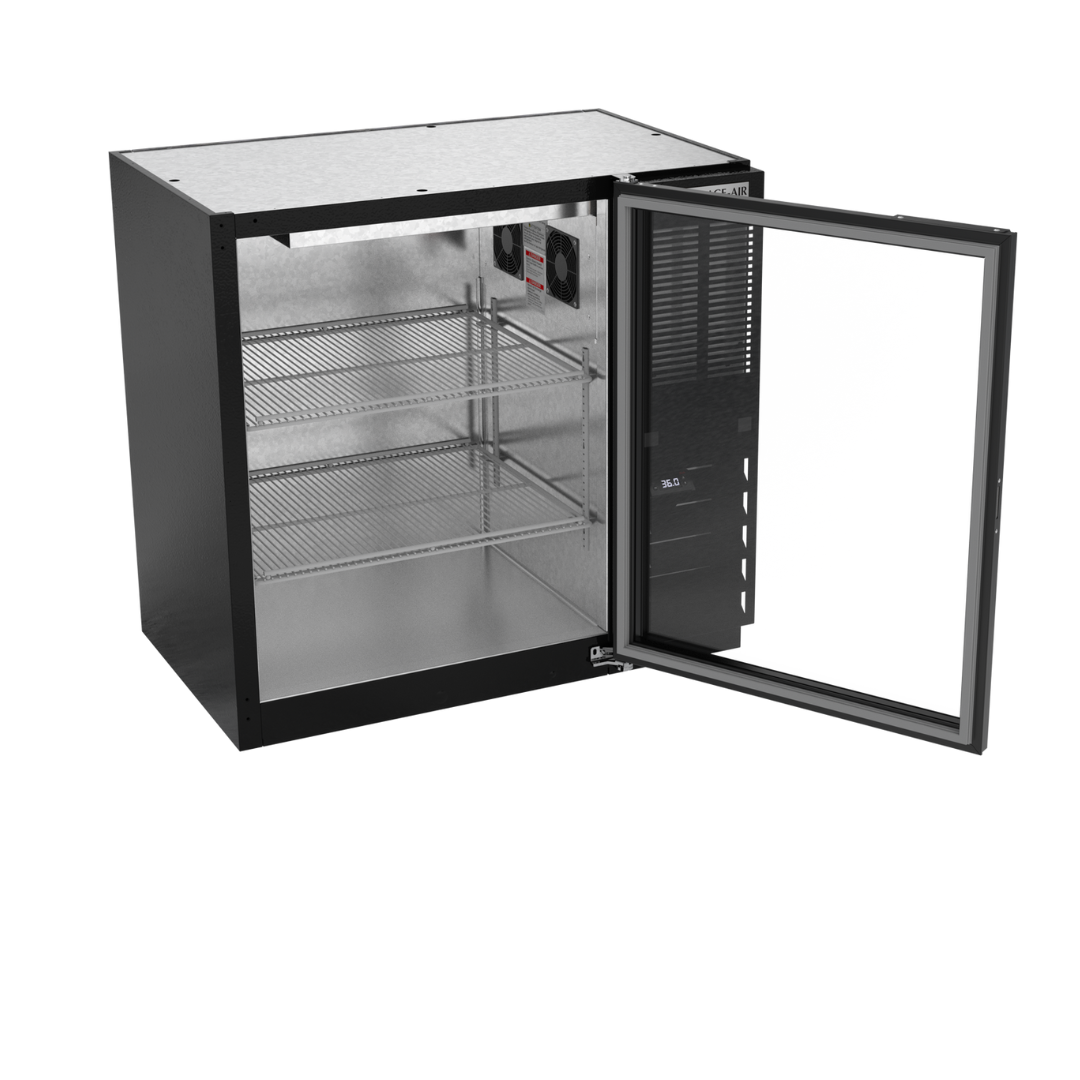
- Incorrect cold control differential: The cold control, also called the temperature control, may have a differential set too close.
- Overcharged or undercharged: When the suction line frosts, sweats, or is cooler than usual, this means the refrigerant charge is too high. Most of the time, a leak in the refrigerant makes the unit undercharge. Some signs of undercharging are a hot cabinet, a compressor that runs too much, or low head or suction pressure. An authorized technician is the only one who can handle or fix the device.
- Air in the refrigeration system: If air gets into the refrigeration system, it can build up at the top of the condenser and create a lot of pressure. When there is a leak in the refrigeration system, gasket, or tubing, air usually gets into the unit.
- Overload protector problems: An overload protector helps shut off the compressor when it detects overheating, allowing the compressor to cool down. Your computer will go through a brief cycle if the overload protector has a problem. As soon as possible, have it changed by a certified technician.
Product Featured: Beverage Air BB36HC-1-S
Beverage-Air Cooler is Leaking
Beverage-Air cooler water leaks can be traced back to one of these common causes.
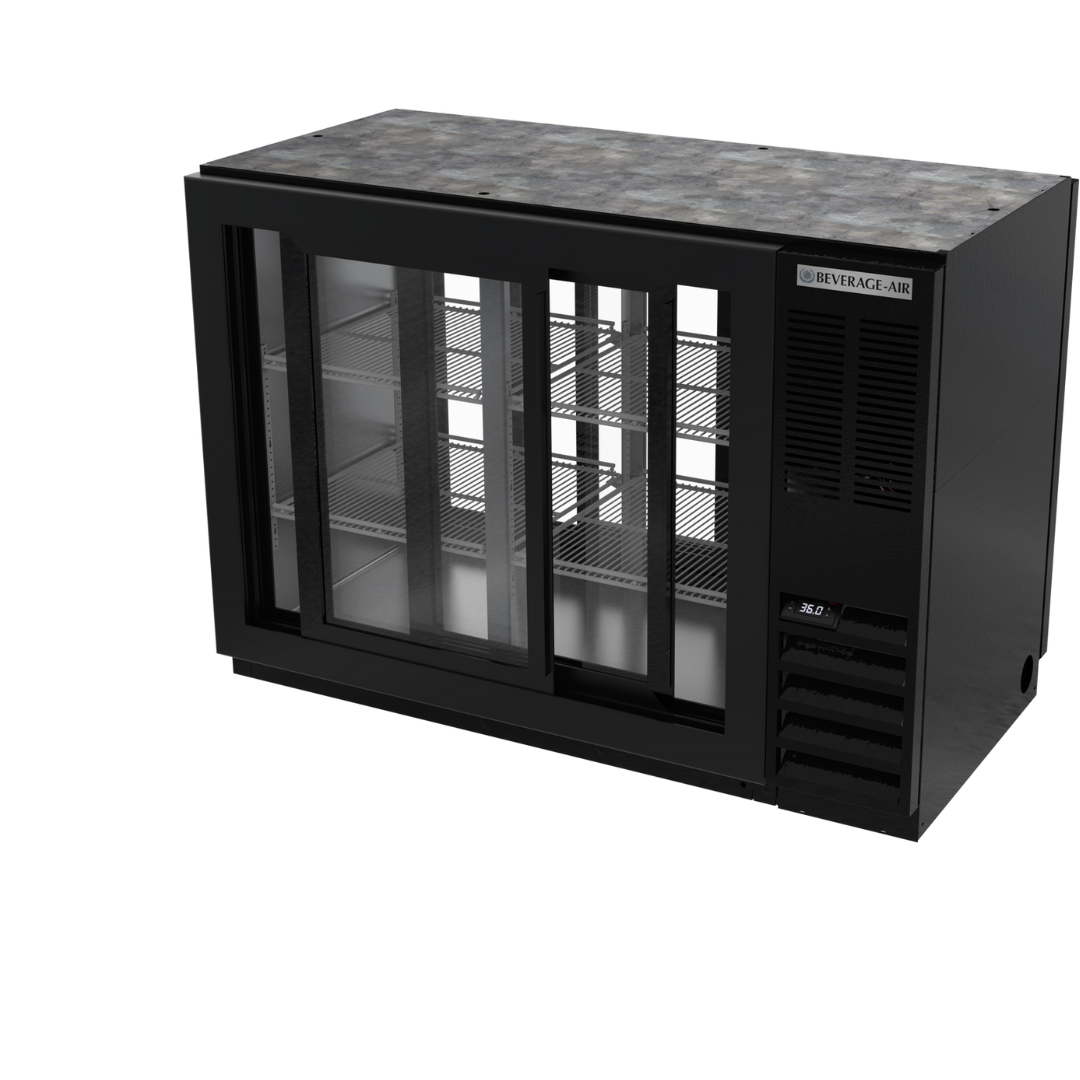
- Evaporator pan is full: Often times this will cause water to flow from the refrigerator onto the floor. Examine the pan's absorbent wicking to see if it's deteriorated, moldy, or soaked through. It could be time to get a new one. Because the water in the pan needs heat from the compressor to evaporate, its fullness may also signal a problem with the compressor.
- Humid Kitchen: The accumulation of condensation in your kitchen could be the cause of a leaky unit. Transfer your container to a less humid location.
- Door gasket(s) is not sealing: Clean the door gasket by removing it from the door frame. Make sure the gasket in the door is properly sealed after you replace it.
- Uneven surface beneath the cooler: If the air conditioner is not sitting flat, the water in the evaporator pan may spill over.
- Drain tube clogged: Regular inspection of the unit's drain tube is necessary to prevent obstructions from triggering expensive motor or electrical failure. A professional service expert should be summoned because clearing the drain tube is not a simple task.
Product Featured: Beverage Air BB48HC-1-GS-F-PT-S
Continuously Running
If you find that the fridge or freezer is constantly running, or that it is running for extended periods of time, check for the following problems:
- Lack of a clean condenser can have an effect on your unit's efficiency. Just clean it up and put it to use again. Condenser maintenance should be planned for at least once per year.
- If the freezer's or refrigerator's temperature knob becomes frozen or jammed, you'll need to get it replaced.
- A frozen evaporator coil is the result of a lack of ventilation or a slightly open door. Signs of this include a continuous clicking sound and puddles of water. Just defrosting the appliance ought should fix the issue.
- Look for obstructions in the refrigeration system, specifically the condenser, compressor, and evaporator. Find the source of the issue and eliminate it, or get the broken part replaced by a professional if necessary.
- Low levels of refrigerant necessitate prompt leak repairs and recharging. An official repairman is required for this.
Compressor Problems
A quiet humming noise indicates that the compressor is operating normally. Nevertheless, if the humming is muted, distorted, or tripped, then trouble may be brewing. The following are some of the possible explanations:
- There was an interruption in the power supply: make sure the power cord is not unplugged. Assuming it is connected, a blown fuse in the electrical panel may be to blame. Low voltage, a tripped overload protector, or a faulty run or start capacitor are some other potential causes. If the problem persists, you should get in touch with a professional electrician or other trained fixer.
- Sticking temperature control - If your temperature control is permanently in the open position, you should have it checked out by a professional.
- Incorrect or sloppy wiring - the wires could have been accidentally jarred loose. If you want this problem fixed, you'll need to call in a certified repairman.
- An excessive discharge pressure can trigger the compressor's overload protector to shut down prematurely. Problems with air circulation or bottlenecks in the refrigeration system could be to blame.
Freezer is Making a Loud Noise
Investigate the following causes of unusually high decibel levels in your refrigerator or freezer.
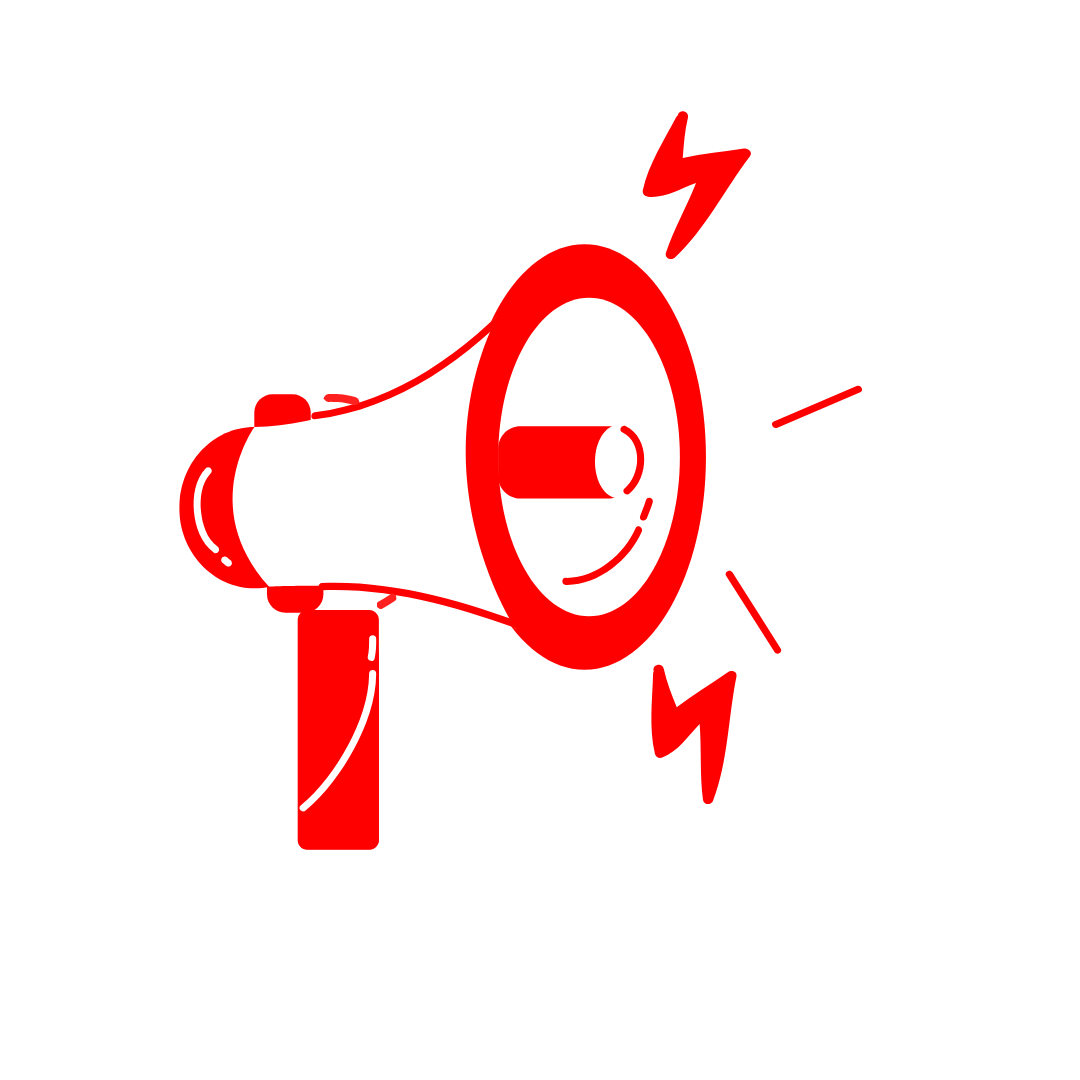
- Parts or mounts that aren't securely fastened; check the inside of the device. Find the slack and bring it back to a secure state.
- The tubing in your fridge or freezer may be touching other components, causing rattling sounds. Remove any potential points of contact by reforming the tube.
- Vibrating noise? That could be a sign of a bent or broken fan blade. To fix the problem, just swap out the blade.
- The bearings in your fan motor may be worn out, in which case you should have the motor replaced by a professional.
High Temperature
When it seems like the unit is warmer than usual, here are some potential causes.
Here are various reasons why the unit can feel hotter than usual.
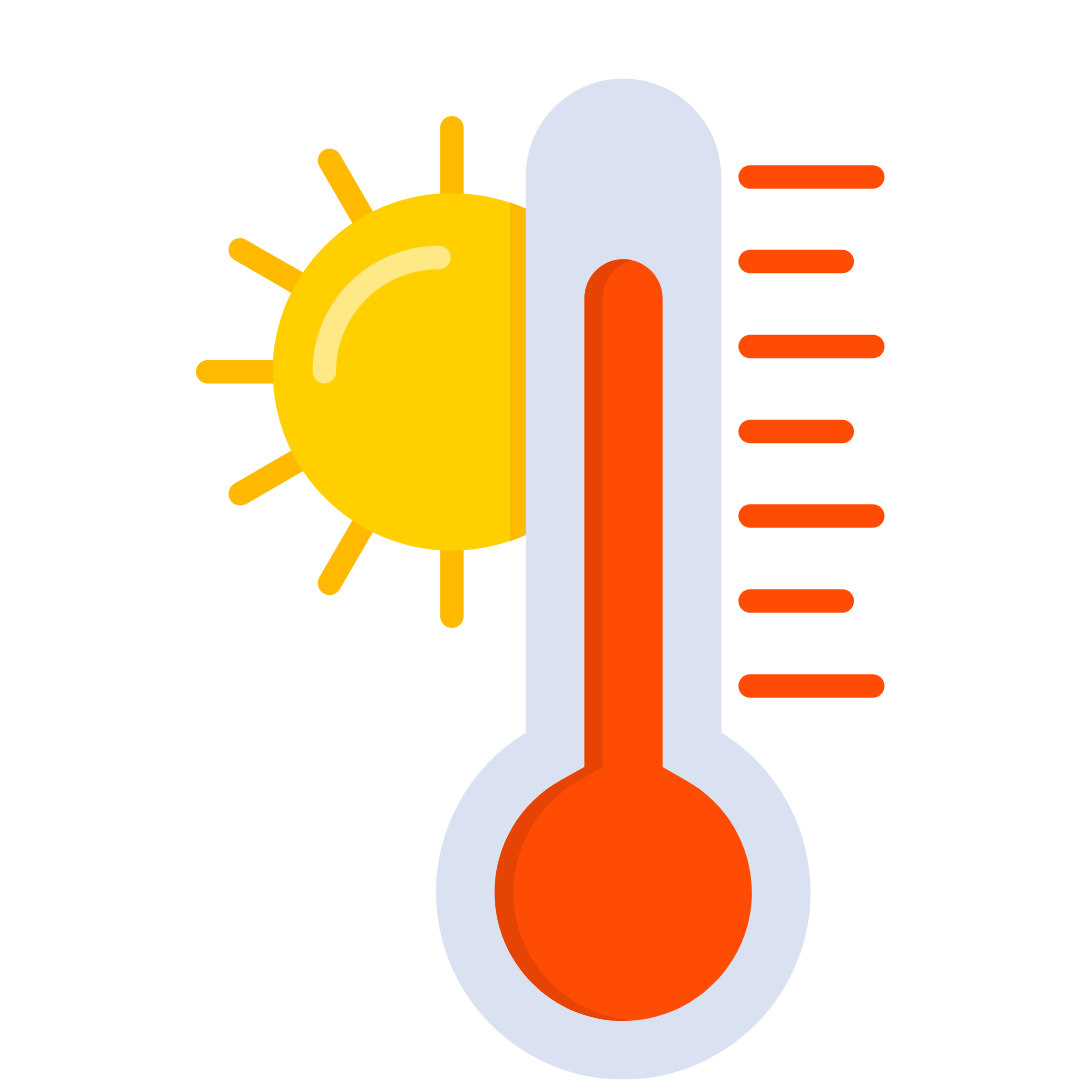
- Condenser or air duct obstruction: clear up some space between the cabinet's middle shelves to provide free airflow. Also, make sure the condenser is free of dust and grime buildup by inspecting it often.
- Too many trips to the unit with the door open will not allow the cabinet enough time to pull back down, so consider reducing the number of times you access the unit. But, if the gasket around the door is cracked or split, you should get a new one to ensure that the cool air stays within.
- Has ice formed on the evaporator? You should defrost the machine.
Is the fan on your evaporator working? If a fan is not whirling quickly enough, you should have a professional come and replace it.
Door Won't Shut
In the event that your unit's door won't close properly, you may have encountered any of the aforementioned concerns.
- In the event that the gasket around your door is damaged or split, your door won't be able to close tightly.
- Door hinges that are dirty or broken are a regular issue, especially towards the bottom of the unit where bigger amounts of filth tend to accumulate. In the event that the hinges are unclean or broken, clean them or replace them.
- The unit may not be level if it has been recently constructed or relocated. Tweak the wheels and casters if necessary. For more specific advice on how to level your vehicle, please refer to the manual.
If you have a Beverage-Air appliance and need instructions, we have a handbook and diagram for it here.
If you need assistance with these or any other commercial kitchen appliances, please get in touch with an authorized service agent in your area.

